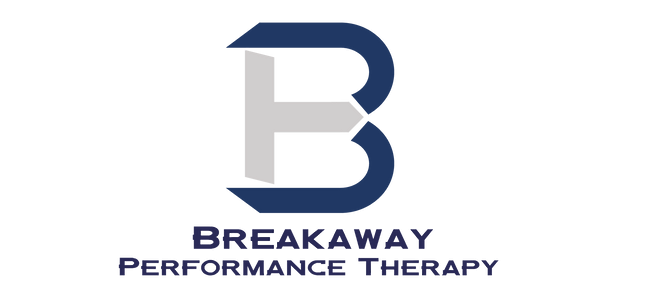Rotator Cuff Pathologies
Often a result of overuse, repetitive motion (especially overhead), poor posture, muscle imbalance among many other possible causes. Conditions include impingement, tendonitis, tendinosis, tears, sprains or strains. Injuries can be traumatic or atraumatic. Treatment includes improving stability and mobility of the glenohumeral joint, training proper body mechanics and lifting techniques, postural awareness and rotator cuff strengthening. Conditions can be acute or chronic, but if managed correctly both can be resolved in order to achieve a pain free life.
Symptoms may include, but are not limited to:
-
Pain with overhead movement such as lifting an object into a cabinet
-
Pain that extends down arm, but now below elbow.
-
Weakness, especially with reaching overhead
-
Inability to reach above shoulder height
-
Difficulty brushing or washing hair, putting on a belt, reaching behind back, putting on a bra, etc.
Mechanical Neck Pain
Things are not always as they seem. Shoulder pain can be a result of neck pain or referred pain from the mid back or suprascapular region. Symptoms can be a result of nerve pain in which case the pain may be reproduced with neck movements. Trigger points may also cause referred pain to the shoulder and arm that in some cases may mimic nerve impingement. In the case of trigger points, the symptoms will be reproduced by applying pressure to a tender portion of a specific muscle.
Mechanical neck pain can be treated with specific strengthening, manual therapy, postural awareness, joint mobilization and stretching. Symptoms are resolved by correcting joint mechanics and relieving the pressure that is being applied to the nerve. Muscle tightness and trigger points are often also present due to the body’s natural desire to protect itself. Trigger points can refer pain down the arm, but also to the head and neck in the form of headaches. A skilled application of manual therapy, soft tissue mobilization and introducing specific exercise can help alleviate mechanical neck pain.
Symptoms may include, but are not limited to:
-
Pain that travels down the arm to the shoulder, elbow or hand
-
Weakness of grip (can’t hold gallon of milk or open jars)
-
Upper Extremity weakness
-
Pain gets better or worse related to specific movements
Glenohumeral Joint Dysfunction
A common ailment of the glenohumeral joint is adhesive capsulitis. Symptoms present with adhesive capsulitis include decreased mobility with external rotation being limited the most followed by abduction and internal rotation. There will also likely be deep joint pain present and this condition is more common in people with diabetes or after prolonged immobilization. Treatment often includes an injection in conjunction with physical therapy, but the healing process is one that can take up to 2 years to fully resolve.
Arthritis is another common glenohumeral joint disorder that is often a result of past trauma causing the joint to deteriorate. While physical therapy is not able to heal arthritis, the pain and disability caused by arthritis can be managed to optimize your function and ability to participate in life as you wish. A combination of manual therapy, strengthening and stretching can help manage the pain and stiffness that is often associated with arthritis.

